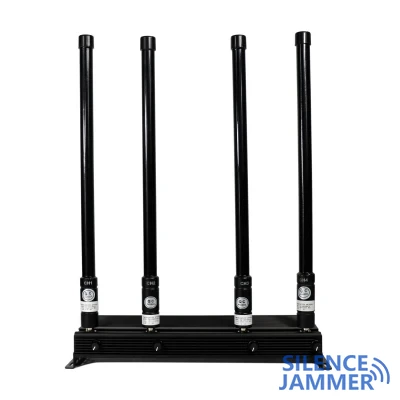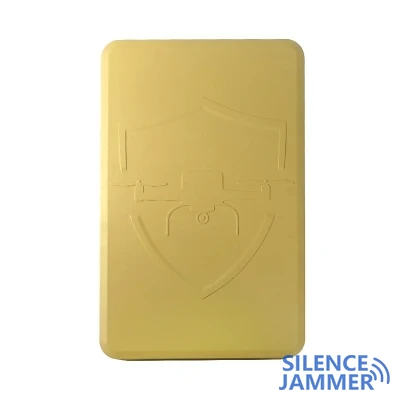Introduction to the new RQ-11 Raven drone
The US Special Forces recently acquired a new secret weapon - the RQ-11 Raven drone. It is a light unmanned aerial system (UAS). It is designed for rapid deployment and high mobility for military operations.
The RQ-11 Raven drone can be manually launched into the air in a few minutes like a model airplane, and the "Raven" lands on its own by autopiloting to a near hover. The RQ-11 Raven drone provides real-time color or infrared images to the ground control station and remote observation station through three different cameras on the nose. One electro-optical camera, two infrared cameras. Due to the scale of the technology, the infrared camera is quite large and has no zoom function, so it cannot lock onto the target. However, it does have a high enough resolution to show if someone is carrying a weapon.
The "Raven" does not require complex support facilities and is ideal for forward-deployed troops. Automation functions and GPS technology make it simple to operate, without the need for professional skills or in-depth flight training.

| MUAV Name | RQ-11 Raven |
| Primary Function | Low-Altitude ISR |
| Contractor | AeroVironment, Inc. |
| Powerplant | Direct-drive electric motor |
| Wingspan | 4.5 ft (1.37 m) |
| Detect range | 360° |
| Length | 3 ft |
| Aircraft Weight: | 4.8 lbs (with gimbaled payload) |
| GCS Weight: | 9 lbs |
| Cruise Speed | 26 mph |
| Range | 10 km |
| Endurance | 60-90 mins |
RQ-11 Raven drone is widely recognized by the international community
This drone technology can not only directly affect the enemy's combat command system, but also provide important tactical support for front-line troops. The Indian Army plans to purchase 200 North American-made RQ-11 "Raven" drones in early 2020. It has a range of 10 kilometers and a flight altitude of 150 meters, and can avoid interference from signal jammers. Australia, Spain, Denmark, and Italy have also used this drone, which can be said to be a very cost-effective military weapon.




